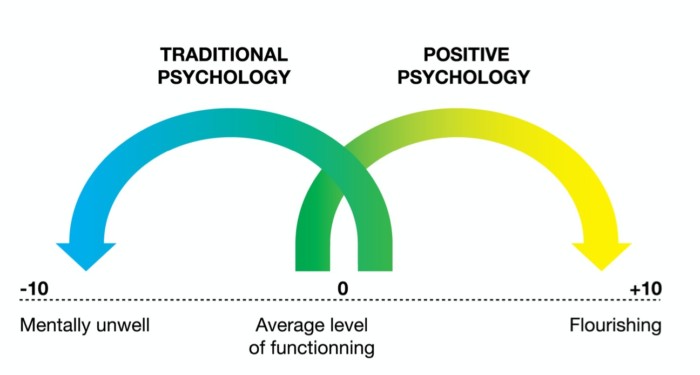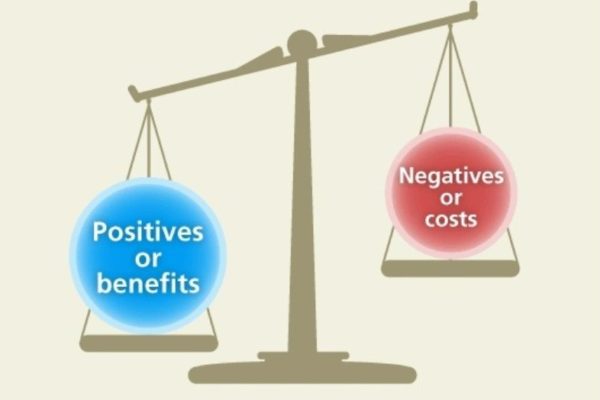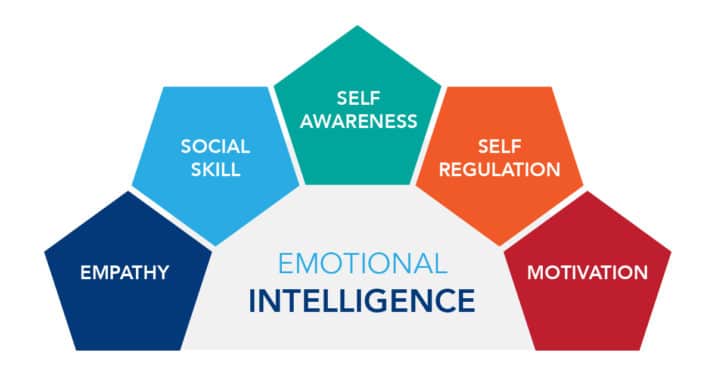

The Great Resignation has forced leaders to reassess their approaches for managing people. Leaders as positive energizers result in higher motivation and performance.
Positive leaders foster a energetic work climate by promoting four leadership strategies. These leaders share a set of behaviors that can be learned.
This article describes the field of positive organizational scholarship, the theory behind positive leadership, resources, and energy networks.
What is Link Between Positive Psychology and Positive Leadership?
Positive psychology is a scientific, strength-based approach focuses on the science of strengths, flourishing, happiness, well-being, and gratitude.


Positive psychologists believe that people want to live meaningful and fulfilling lives. This concept also applies to the business context.
A small part of positive psychology specializes in positive organizations. Kim Cameron, a professor from the University of Michigan, contributes to many positive leadership findings.
Dr. Cameron envisions a world where almost all organizations have an appreciation, virtuousness, and meaningfulness – where members are trustworthy, resilient, wise, honest, respectful, and forgiving. By helping organizations implement positive leadership practices, Dr. Cameron actively contributes to this world.
More so, helping business leaders adopt positive leadership practices gave rise to the field of Positive Organizational Scholarship (POS).
It’s worth highlighting two essential POS research findings before exploring positive leadership,.
Positive Organizational Scholarship
POS focuses on organizational strengths rather than weakness. A strength-based perspective sees the positive as revealing valuable insight into possibilities.


Similarly, POS seeks to identify the best of the human condition or the inherently good. Shifting perspective requires accurate self-awareness.
POS run contrary to the diagnostic process, which focuses on identifying weakness and creating solutions.
Interestingly, two findings align with positive leadership characteristics:
The Heliotropic Effect
Focusing on the positive creates a heliotropic effect – the tendency for all living things to go towards positive energy. This effect causes faster, more accurate learning.
Key finding #1: Leaders who use the heliotropic effect produce flourishing outcomes, especially during times of stress.
Positive Responses
We tend to respond strongly to negative events since they could be warning signs of threats. Leaders try to protect against negativity, which may do more harm than good. Instead, they should remain mindful of their energy and remember to use positive tactics.
Key finding #2: Positive strategies are just as effective in stressful and adverse situations.
Why is Positive Leadership Important?
Positive leadership results in higher satisfaction, engagement, and performance. Dr. Cameron has helped hundreds of organizations adopt positive leadership practices.
Since we are move toward positive energy, the heliotropic effect can positively influence employees and organizations. In fact, there are also four positive leadership strategies that anyone can develop, which will contribute to a positive work climate.
Four Positive Leadership Strategies (4Ps)
The following 4Ps create a foundation for thriving: cultivating a positive climate, fostering positive relationships, encouraging positive communication, and creating positive meaning.


Cultivating a positive climate
Leaders can accomplish this by creating shared experiences, feelings, and assumptions. In short, leaders contribute to this climate by using the heliotropic effect to attract and retain positivity.
Fostering positive relationships
Positive leaders value relationships and ensure that majority of interactions result in energizing and learning. It is through relationships that collaboration and innovation are possible.
Encouraging positive communication
A language of affirmation and support is the vehicle that creates a psychologically safe environment. Positive communication fosters a culture of unconditional acceptance, which results in greater experimentation and trust.
Creating positive meaning
Emphasizing a common sense of purpose and meaning among goals cause employees to strive towards their achievement.
In sum, positive leaders maintain the 4Ps, which makes them positive energizers during every interaction.
Positive Energy Networks
Maps that display who energizes whom within organizations. These positive networks deal with relational energy – positive or negative interactions that affect performance and success.


For example, some people can be uplifting and cause you to feel energized after interacting with them. Positive energizers communicate often and use rich language to get their points across.
Conversely, other people can cause you to feel bad after interacting with them. De-energizers don’t communicate that often.
We can positively energize some people while de-energizing others. You want more people in your business to be positive energizers, which result in the following benefits:
Positive Energizers are High Performers
The position in the positive energy network is four times more important in predicting performance. It is possible to open your mind to new possibilities when you are in a positive mood.
Positive Energizers Enhance Others Performance
People who are positive energizers help others do better by motivating them and coaching them, which leads to more self-directed employees.
High-Performance Organizations Have More Energizers
There are at least three times more positive energizers within high-performance organizations. Dr. Cameron claims that energizing leaders contributes to higher organizational satisfaction, engagement, performance, and family well-being.
Conclusion
Positive leadership is a strength-based style that uncovers employee potential. These leaders use strategies to create positive work climate.
4Ps contribute to a thriving foundation, which includes: cultivating a positive environment, fostering positive relationships, encouraging positive communication, and creating positive meaning.
To emphasize, positive leaders influence others through positive energy networks. Positive energizers make you feel great after every interaction and tend to communicate often.
Leaders can implement the 4Ps and the heliotropic effect to ensure they are positively energizing employees.
Bianca Cardenas, M.S., Ph.D., is a Fellow in Executive Assessment and Consulting with Leadership Worth Following. Dr. Bianca Cardenas empowers leaders to transcend competition by helping them unlock their people's potential.






















